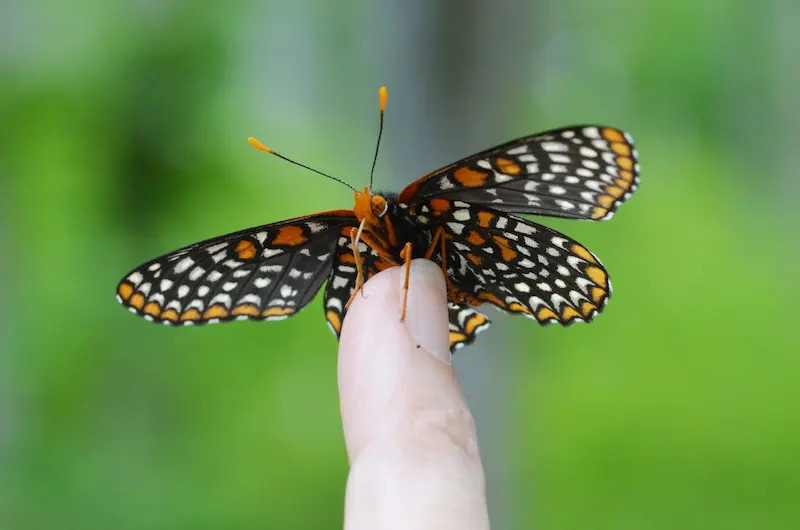Your cart is currently empty!
Homemade Rhubard and Orange Jam Recipe
I found a great recipe for rhubarb and orange jam, truly delicious. I picked fresh rhubarb from the garden, and extra oranges in the fridge.
Your cart is currently empty!
Photo:
Jim Kingdon, Public domain.
White Turtlehead, Chelone glabra, has masses of beautiful white hooded flowers at the ends of the stems from late summer to mid-fall, which are most effective when planted in groupings. They are attractive in gardens. The flowers are excellent for cutting. It is a good choice for shaded or woodland gardens, rain gardens, bog gardens, pond or water garden peripheries, and wildflower or native plant gardens. In nature, it can be found in ponds and stream edges, marshes, and wet borders.
Turtle head is a perennial plant that blooms from July to September. Some other non-scientific names include: shellflower, snakehead, turtlebloom and fishhead. Its serrated pointy leaves remain dark green in colour throughout the season.
Botanical Name: Chelone glabra
En français: Galane glabre
Colour:
Sun / Shade:
Water: Moist to wet
Soil:
Height:
Pollinators:
This plant favors moist situations in the wild, such as swamps and shores or damp woodlands. It can also be found growing around waterways. It will also grow in ordinary conditions in gardens; however, it may not grow as tall as it would in damper settings. This makes it a viable option for rain gardens.
White turtlehead flowers do not have any fragrance, but bees do enter the tubular corolla. The flowers produce up to 3 milligrams per day, which is a large amount of nectar, so they can attract a lot of bees.
The Baltimore checkerspot (Euphydryas phaeton), a butterfly, depends on this plant for its life cycle. The larvae of this butterfly form webs their first year, overwinter in leaf litter, and then return in April to mature their second year. They can decimate their host plant, but only for good.
It may also attract hummingbirds.

Chelone glabra grows in spreading clumps in shady sites and requires moist soil. It grows equally well in mineral-rich or highly organic soil, such as in bogs. It is often found in flood plains, near springs, around sedge bogs, in scrubland, along shorelines, and in ditches alongside tall plants such as cattails and cord grass. Plant in autumn or in spring with moist, chilled seeds. Borders as long as the soil moisture requirements can be met.
Turtelead is easily divided. Division can be done in the spring or fall, when the plant is dormant. The seeds are ready for harvest, usually after the first frost. They turn darker brown at maturity.
It can also be propagated by seed, though it does not self-seed well in most gardens. When the seed heads become brown, the seeds are ready to be gathered. To germinate, seeds require sunshine and 90 days of cold, moist stratification.
Consider pinching back the stem ends in spring to reduce mature plant height. it slowly spreads by rhizomes.
For companion plants, try pairing them with Eupatorium colestinum, Iris virginica, Lobelia siphilitica, or Osmunda cinnamomea.
Although this plant is not edible, a tonic derived from it is said to be beneficial for indigestion. It has also been used as an anti-depressant or to treat gallbladder problems, though science has not confirmed these findings.
Native Americans used this plant for a variety of reasons, including: skin sores, wounds, laxatives, to prevent pregnancy, to treat fever, as a dietary aid, and more. It is characterized as a wetland plant and therefore requires planting near or in swamp areas, marshes, ditches, wet meadows, the wet shores of rivers, streams, and lakes, and anywhere where water is abundant.
Turtlehead has no major diseases or pest issues, although it may be susceptible to mildew in drier soils, where air circulation is poor, and also in excessive shade. It is also deer-resistant due to its bitter-tasting leaves.
“Chelone” is Greek for “turtle,” derived from the fact that the flower itself, when turned to the side, resembles a turtle head. “Glabra” is latin for smooth, meaning that there is no hair on the leaves or stems.
I found a great recipe for rhubarb and orange jam, truly delicious. I picked fresh rhubarb from the garden, and extra oranges in the fridge.
Applying the right garden fertilizer, at the right time, correctly applied, can produce the best results from flowering and food crop.
Find out what each type of flower means – peonies, iris and more – and how you can express yourself by sending a bouquet to your loved ones.
Learn about winter sowing, a seed-starting method that mimics nature's cold stratification cycle, for successful germination and healthy plant growth.
Diatomaceous earth is an organic substance that is effective at keeping insects away from crops and keeping soil and plants healthy.
Discover the beauty of marigold flowers, edible petals, vibrant colors, and effortless care instructions. Perfect plant for bright and pest-free gardens!
GardeningCalendar.ca gets some funding from advertisers. If you click on links and advertisements at no cost to you, the site may receive a small commission that helps fund its operation.
© 2025 J&S Calendars Ltd.
Leave a Reply
You must be logged in to post a comment.